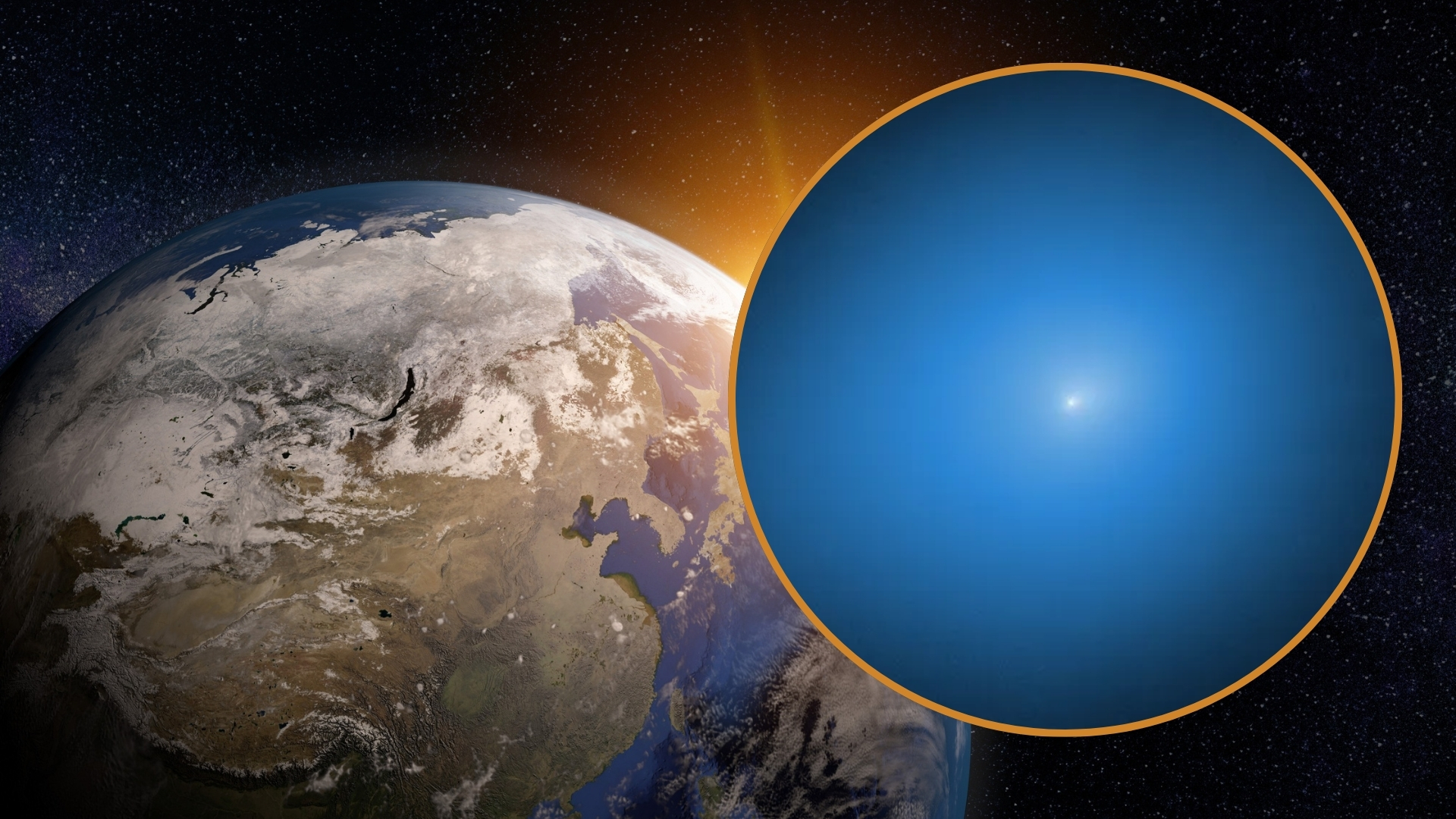China reached out to NASA to avoid a potential satellite collision in 1st-of-its-kind space cooperation
Rare outreach from China's space agency marks a breakthrough in global space traffic management.

China recently reached out to NASA over a maneuver to prevent a possible collision between satellites, a space sustainability official said, marking a first for space traffic management.
"For years, if we had a conjunction, we would send a note to the Chinese saying, 'We think we're going to run into you. You hold still, we'll maneuver around you,'" Alvin Drew, director for NASA Space Sustainability, said during a plenary session at the International Astronautical Congress (IAC) in Sydney, Australia, on Oct. 2.
A big shift had come a day earlier, Drew revealed. "Just yesterday, we had a bit of a celebration because, for the first time, the Chinese National Space Agency reached out to us and said, 'We see a conjunction amongst our satellites. We recommend you hold still. We'll do the maneuver.' And that's the first time that's ever happened," Drew said.
The move by the China National Space Administration (CNSA) comes as both the United States, notably through SpaceX's commercial Starlink constellation, and China, in the shape of the Guowang and Thousand Sails megaconstellations, are rapidly increasing the number of satellites they have in orbit. This means an increasing need for satellite operators to coordinate to limit the chances of collisions between satellites and prevent events that cause new clouds of space debris.
The development also indirectly suggests that China's space situational awareness, or understanding what is going on in orbit at any moment, has reached the level of being able to flag conjunctions and begin to coordinate with other operators.
China noted this as a priority in a 2022 space white paper that outlined its ambitions for the period 2021 to 2026. The country also recently stated that it is working on capabilities to remove junk from space.
Contact between CNSA and NASA is generally limited by the so-called Wolf Amendment, which prevents most bilateral interaction between NASA and Chinese state entities.
Breaking space news, the latest updates on rocket launches, skywatching events and more!

Andrew is a freelance space journalist with a focus on reporting on China's rapidly growing space sector. He began writing for Space.com in 2019 and writes for SpaceNews, IEEE Spectrum, National Geographic, Sky & Telescope, New Scientist and others. Andrew first caught the space bug when, as a youngster, he saw Voyager images of other worlds in our solar system for the first time. Away from space, Andrew enjoys trail running in the forests of Finland. You can follow him on Twitter @AJ_FI.
You must confirm your public display name before commenting
Please logout and then login again, you will then be prompted to enter your display name.
